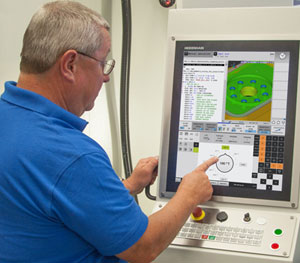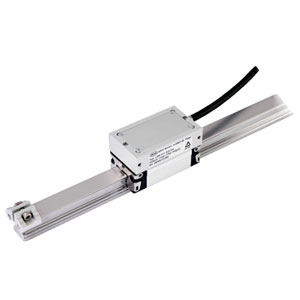Heidenhain Corp. Product

Leine Linde’s new ESR digital strain sensor is now available to monitor structural health on equipment where needed. Offered in North America through HEIDENHAIN CORPORATION, it is coupled with an encoder using the digital interface EnDat, and offers significantly higher signal quality, accuracy and robustness when compared with conventional strain gauges.
To use, simply mount the ESR sensor on any flat surface where load or mechanical forces apply to a body. This new product is available for use on cranes, conveyor belts, bridges, wind turbine rotor blades or wherever a load or force needs to be monitored on a mechanical structure. Similar to all other products manufactured by Leine Linde, the ESR-sensor is suitable for use in exposed conditions and harsh environments.
ESR系列是其测量让步pt providing high-resolution digital input into a system of choice. It is based on an optical encoder attached on a mechanical measuring arm which connects to the body being monitored. The applied force on the structure is calculated by the subsequent system measured as a position difference by the encoder.
The material in the measuring arm of the sensor unit can be adapted to match the material of the measured body. The purpose is to create a passive temperature compensation and further increase the overall measurement accuracy for those installations where ambient temperatures are fluctuating.
Simplicity during installation and commissioning was one of the driving factors during the product development, and therefore different mounting accessories are available. The sensor can be tailored for a permanent installation or used in temporary measurement campaigns.
The sensor resolution is 0,025 μ? (μm/m) and has a measuring range of ±5 000 μ?. The product enclosure is IP66-rated, which means it is dust proof and has protection against powerful jets of water. It is of use in a temperature range from -40°C to +100°C.





